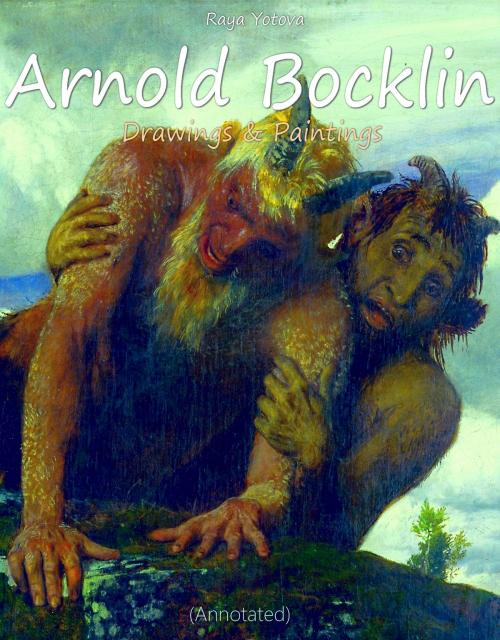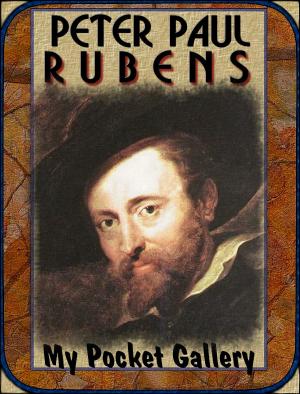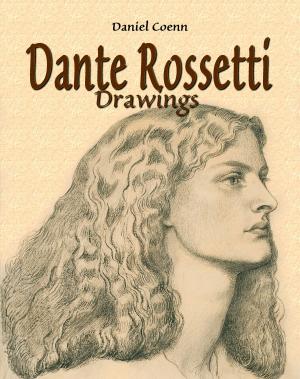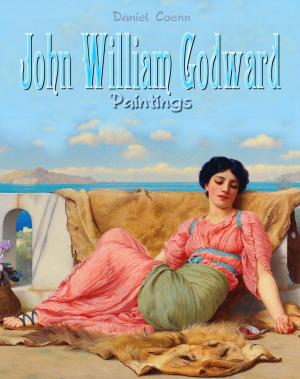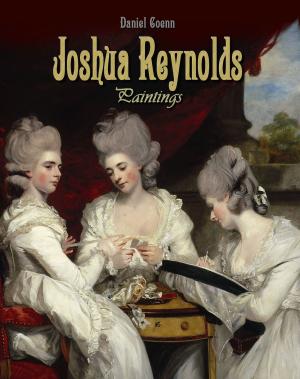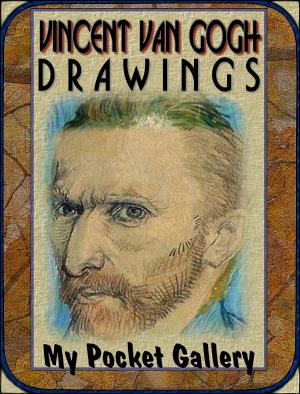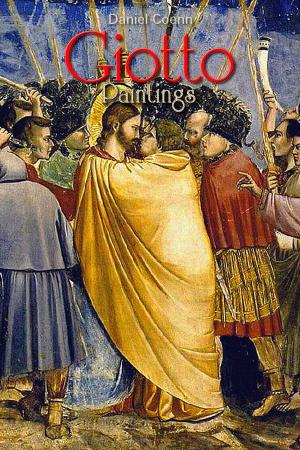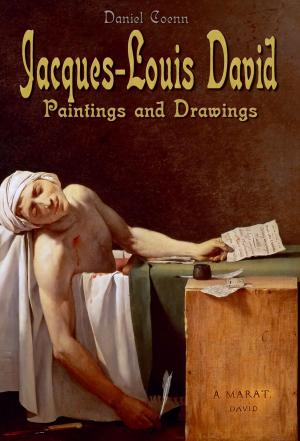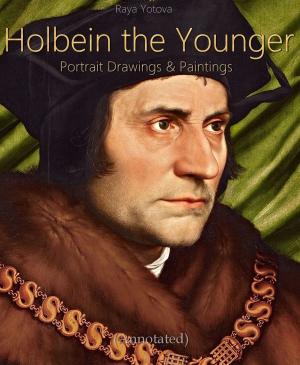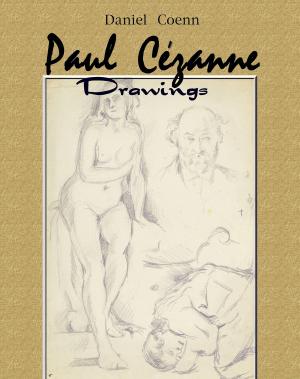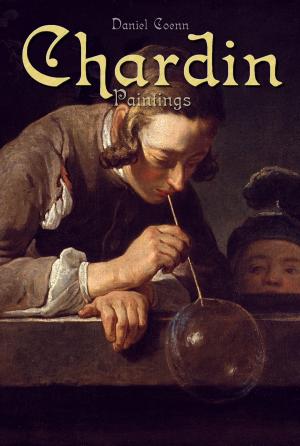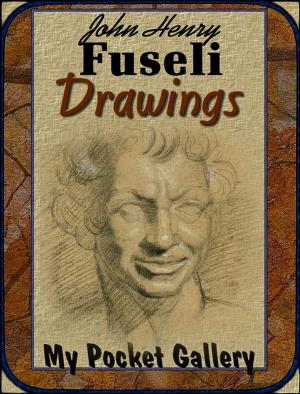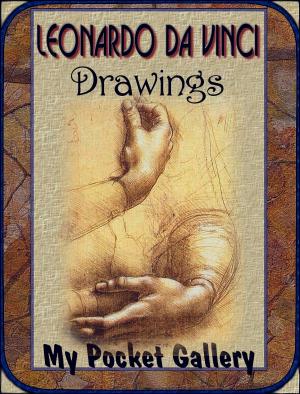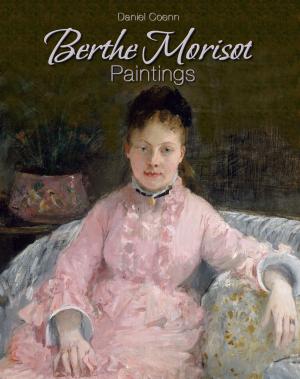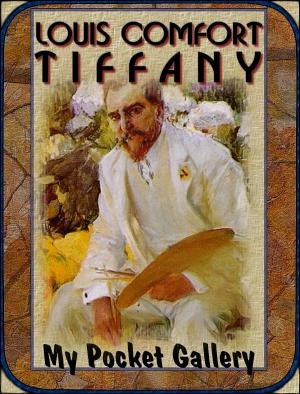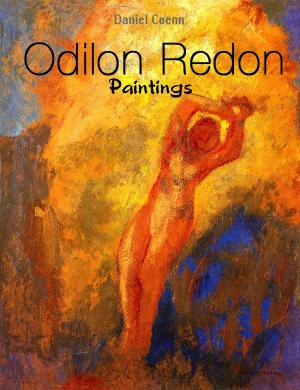Arnold Bocklin: Drawings & Paintings (Annotated)
Biography & Memoir, Artists, Architects & Photographers, Nonfiction, Art & Architecture| Author: | Raya Yotova | ISBN: | 1230002660936 |
| Publisher: | Classic & Annotated | Publication: | October 11, 2018 |
| Imprint: | Language: | English |
| Author: | Raya Yotova |
| ISBN: | 1230002660936 |
| Publisher: | Classic & Annotated |
| Publication: | October 11, 2018 |
| Imprint: | |
| Language: | English |
Concise, essential and annotated by Raya Yotova, this Art Book contains annotated reproductions of Arnold Bocklin paintings an drawings, date and interesting facts page below.
Arnold Bocklin (1827 – 1901) was a Swiss symbolist painter. Influenced by Romanticism his painting is symbolist with mythological subjects often overlapping with the Pre-Raphaelites. His pictures portray mythological, fantastical figures along classical architecture constructions, often revealing an obsession with death, creating a strange, fantasy world.
Bocklin is best known for his five versions (1880-1886) of Isle of the Dead, which partly evokes the English Cemetery, Florence, close to his studio and where his baby daughter Maria had been buried. An early version of the painting was commissioned by a Madame Berna, a widow who wanted a painting with a dream-like atmosphere. Bocklin's work "is one of the most consummate expressions of all that was now disliked about the latter half of the nineteenth century".
Bocklin studied at the Dusseldorf academy under Schirmer, and became a friend of Ludwig Andreas Feuerbach. He is associated with the Dusseldorf School of painting. Schirmer, who recognized in him a student of exceptional promise, sent him to Antwerp and Brussels, where he copied the works of Flemish and Dutch masters. Bocklin then went to Paris, worked at the Louvre, and painted several landscapes. Bocklin set out for Rome in March 1850. The many sights of Rome were a fresh stimulus to his mind. These new influences brought allegorical and mythological figures into his compositions. In 1856 he returned to Munich, and remained there for four years. He returned to Basel in 1866 to finish his frescoes in the gallery, and to paint, besides several portraits. From 1886 to 1892 he settled at Zurich. He died on the 16th of January 1901 and was buried in the Cimitero Evangelico degli Allori in the southern suburb of Florence, Galluzzo (Italy).
Concise, essential and annotated by Raya Yotova, this Art Book contains annotated reproductions of Arnold Bocklin paintings an drawings, date and interesting facts page below.
Arnold Bocklin (1827 – 1901) was a Swiss symbolist painter. Influenced by Romanticism his painting is symbolist with mythological subjects often overlapping with the Pre-Raphaelites. His pictures portray mythological, fantastical figures along classical architecture constructions, often revealing an obsession with death, creating a strange, fantasy world.
Bocklin is best known for his five versions (1880-1886) of Isle of the Dead, which partly evokes the English Cemetery, Florence, close to his studio and where his baby daughter Maria had been buried. An early version of the painting was commissioned by a Madame Berna, a widow who wanted a painting with a dream-like atmosphere. Bocklin's work "is one of the most consummate expressions of all that was now disliked about the latter half of the nineteenth century".
Bocklin studied at the Dusseldorf academy under Schirmer, and became a friend of Ludwig Andreas Feuerbach. He is associated with the Dusseldorf School of painting. Schirmer, who recognized in him a student of exceptional promise, sent him to Antwerp and Brussels, where he copied the works of Flemish and Dutch masters. Bocklin then went to Paris, worked at the Louvre, and painted several landscapes. Bocklin set out for Rome in March 1850. The many sights of Rome were a fresh stimulus to his mind. These new influences brought allegorical and mythological figures into his compositions. In 1856 he returned to Munich, and remained there for four years. He returned to Basel in 1866 to finish his frescoes in the gallery, and to paint, besides several portraits. From 1886 to 1892 he settled at Zurich. He died on the 16th of January 1901 and was buried in the Cimitero Evangelico degli Allori in the southern suburb of Florence, Galluzzo (Italy).
